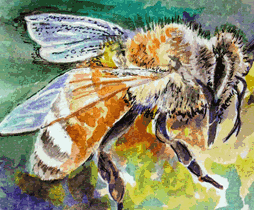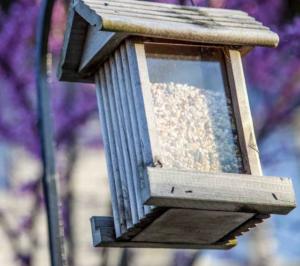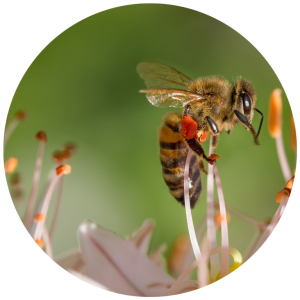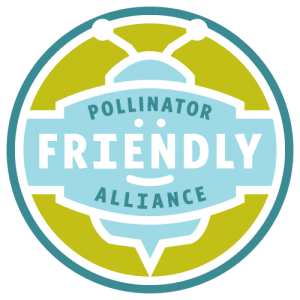
This guide explains the basics of a pollinator garden, including what kinds of flowers to consider planting and other features that will attract impohttps://www.avasflowers.net/how-to-create-the-ultimate-bee-gardenrtant pollinators such as bees and butterflies. View Resource»



 The Pollinator Friendly Alliance (PFA) is a dynamic grassroots conservation organization concerned about the steep decline of pollinators. PFA has free resources for educators on how to make your space more friendly to pollinators and other beneficial insects. They also host hands-on learning events to help engage educators and community members.
The Pollinator Friendly Alliance (PFA) is a dynamic grassroots conservation organization concerned about the steep decline of pollinators. PFA has free resources for educators on how to make your space more friendly to pollinators and other beneficial insects. They also host hands-on learning events to help engage educators and community members. 